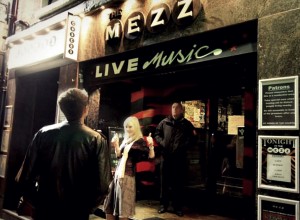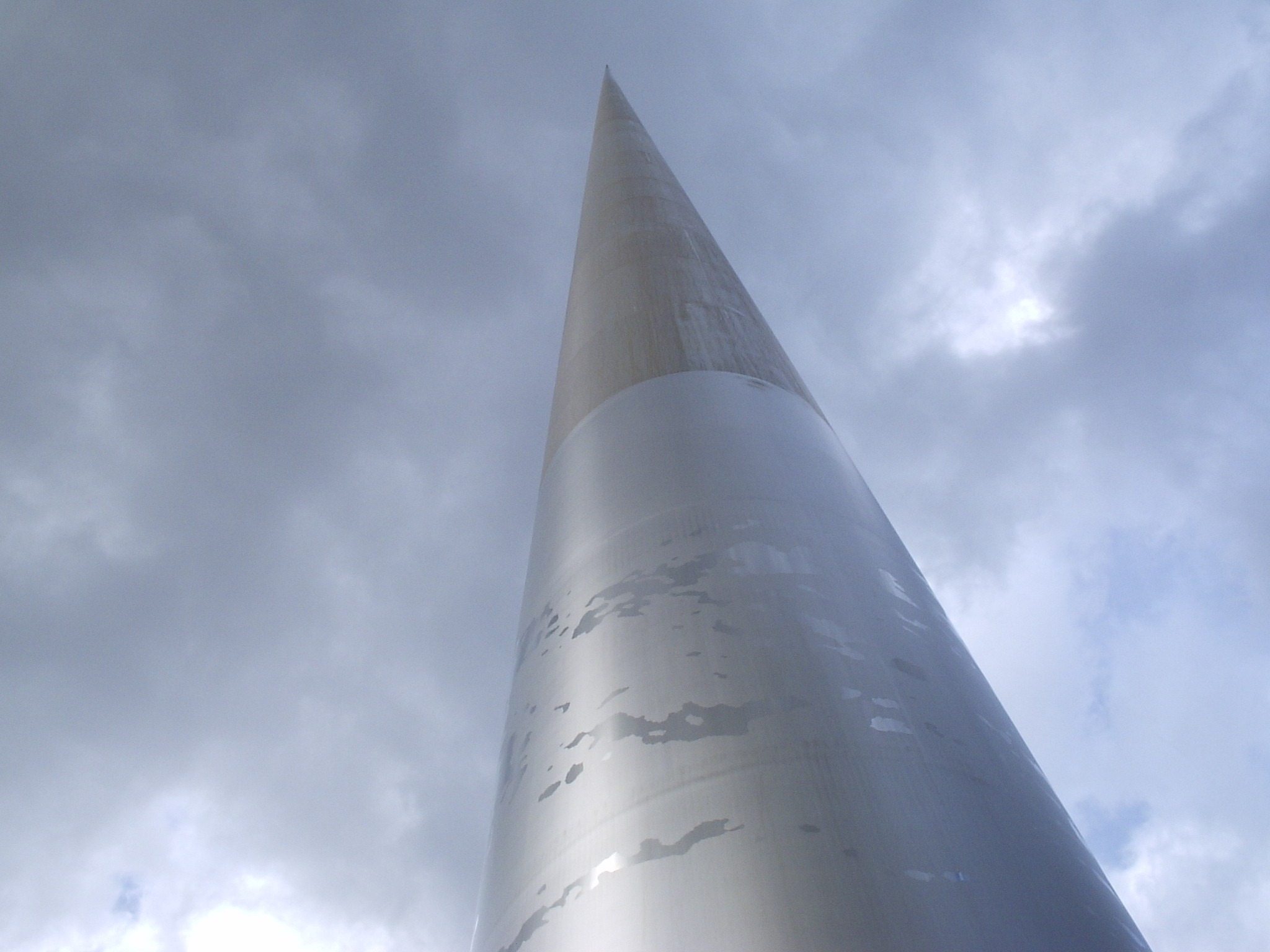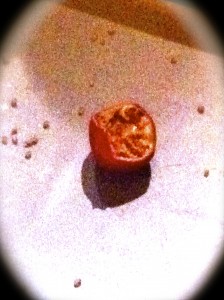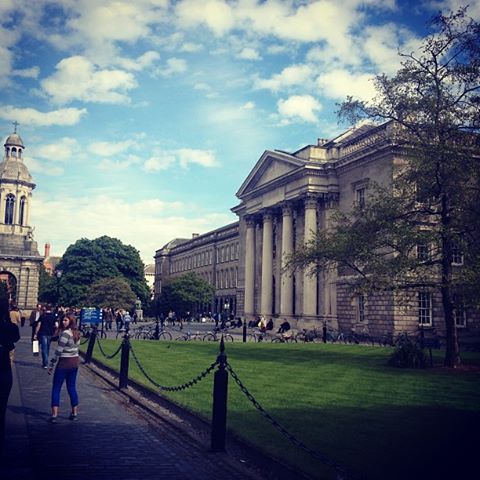So here I am in the chaotic Temple Bar district of Dublin and I am confused. Not only by the location but by the strangeness of the performance I just watched. The two part performance of Egg Charade at the “Projects Art Center,” was a show about the concepts of fertility and the necessary regiments a woman must do to live up to a conventional ideal. The show’s mysterious duo, Peggy and Peggy, incorporated a whirlwind of mystery and humor easily noted by the audience members’ reactions to their performance. Although quirky and strange, the performance still resonates with me a week after its closing.
Initially, the twists and turns to this performance had me lost. The first fifteen minutes of the performance utilized the public city street. It was the first time I had ever experienced a performance this way. As part of the audience, our aerial position overlooked the street, granting us the ability to watch everyone down below, a necessary component to the performance. We often take so much for granted in life, a simple stroll on the street may be entertainment to someone else who may see the world from a different angle – an idea I felt to be apparent in the actions of the street occupants and the audience members. The awkward and humorous tension between everyone often preoccupied me more than the performance going on before me. But in light of all this, I am much more aware of the actions I perform everyday, because who knows who I may be entertaining.
This idea of being examined from a different perspective was connected to the intimate second half of the performance inside “The Cube.” From the start, these performers played on the idea of conception and the regiments a woman must go through to conceive. From eating vegetables, aerobic exercises, and (sexual) bowling positions, the characters appear to be shaping up so they can fulfill their biological right of giving life to another. Throughout the performance there was an intimate and sometimes conflicting connection between the two dancers. As the performance progressed, the over-arching theme displayed the idea of molding oneself to fit into the male-dominated world. It was interesting to see a performance like this in Ireland where women ‘s rights are much more limited. But the pressure to fit in exists everywhere, and as a young, American woman who has been bombarded with unobtainable images of beauty for most of my life, I was moved by their ability to let their inhibitions go. The performer’s physical and mental exposure allowed them to find the natural beauty within.
Although initially confused and shocked by this performance, I found new meaning in this unconventional work. Yes, the site of the raw female form threw me, but the performance’s deeper depiction of strong, self-confident women who have love, and pride in their bodies and all the possibilities they may possess, will hold strong. Through its abnormality, Egg Charade encouraged us all to find the beauty within ourselves.
– Tara McNulty
photo link Egg Charade




